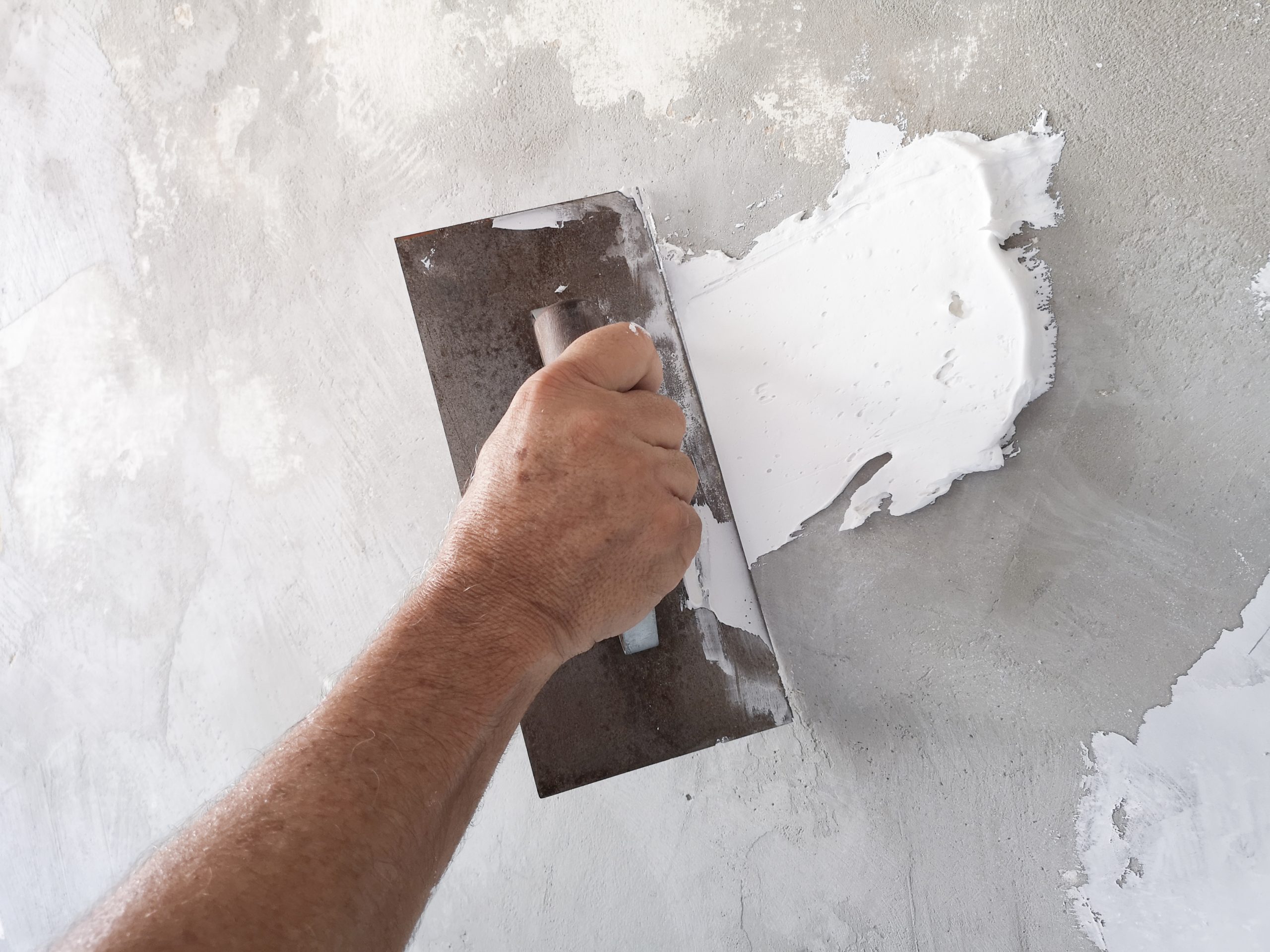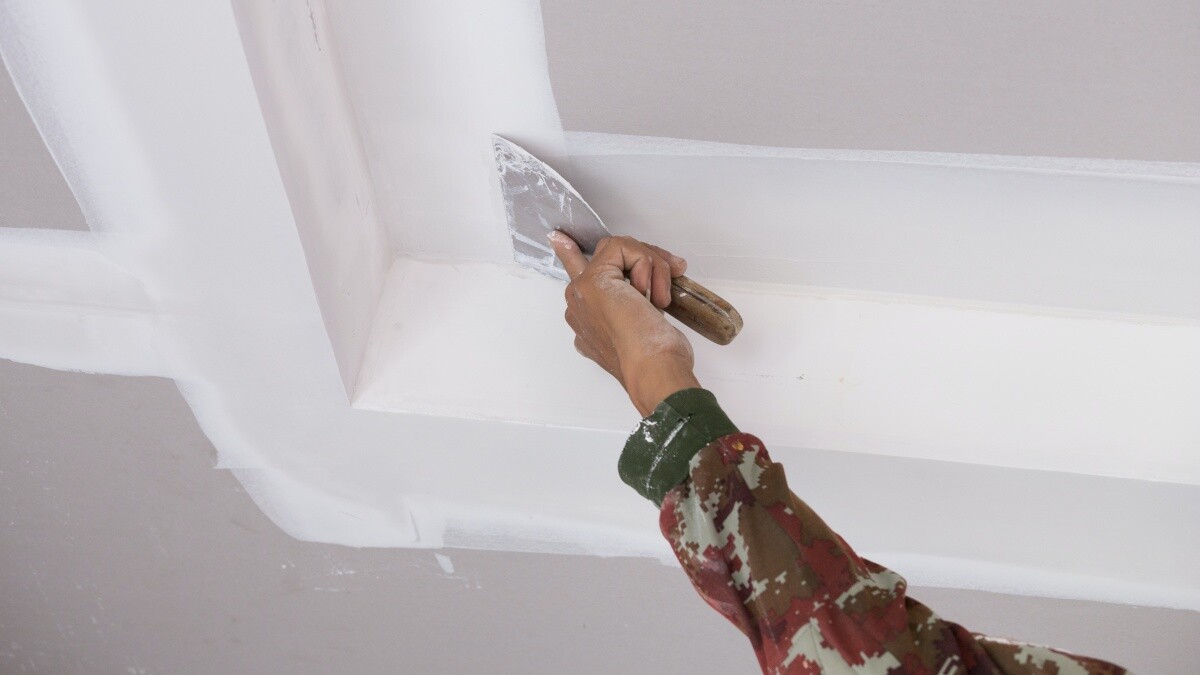Comprehending the Important Methods of Plastering for Home Renovation Projects
In the world of home renovation, grasping the crucial methods of gluing can significantly enhance both the performance and visual appeal of a room. Various methods exist, each customized to details applications, whether for bring back historical honesty or updating interiors. The plastering procedure incorporates crucial phases, from meticulous surface prep work to the accurate application of materials. Understanding these fundamental elements is crucial, yet many property owners overlook typical mistakes that can undermine their efforts. As we discover these strategies better, the nuances of accomplishing a flawless coating will end up being significantly evident.
Kinds Of Smudging Techniques
Although numerous plastering strategies exist, each serves an one-of-a-kind function and supplies distinctive aesthetic qualities. Among the most typical approaches is typical lime plastering, which is recognized for its breathability and versatility. This strategy is especially valuable for older frameworks, allowing wetness to get away while preserving structural integrity.
Another commonly utilized technique is plaster plastering, which entails the application of a quick-setting compound. It gives a smooth surface and is perfect for interior wall surfaces and ceilings, making it a preferred selection in contemporary building and construction. For a more distinctive appearance, trowel-on plastering strategies such as stucco and Venetian plaster are usually utilized. Stucco, frequently utilized in exteriors, supplies longevity and weather resistance, while Venetian plaster is renowned for its elegant, polished finish.
Additionally, there are extra specialized strategies, such as skimming, which is a procedure that includes applying a slim layer of plaster over existing surfaces to develop a smooth coating. Each of these strategies can drastically influence the total visual and functionality of an area, making it necessary to choose the proper technique based on the specific requirements of a task.

Tools and Materials Needed

Vital tools and products are critical for successful plastering, making certain both effectiveness and top quality in the application process. An extensive plastering toolkit normally consists of a hawk, trowels, and a float. The hawk works as a platform to hold the plaster, while the trowels, available in different dimensions, are crucial for application and smoothing. A float, usually made of rubber or sponge, is utilized to achieve an uniform surface.

Protective gear can not be forgotten; safety goggles, masks, and handwear covers are important to safeguard against dust and particles. Lastly, a sturdy ladder might be needed for getting to higher locations, making certain safety while operating at height. Purchasing top quality tools and materials ultimately contributes to a more successful smudging project, yielding a resilient and visually pleasing coating. Properly furnished, you prepared for efficient official source plastering and home renovation.
Step-by-Step Plastering Process
With the right devices and materials in hand, the following phase involves executing the gluing procedure with accuracy. Begin by preparing the surface to make sure ideal bond. Eliminate any kind of loose debris, dirt, or old plaster, and use a bonding representative if needed.
As soon as the surface is prepped, mix the plaster according to the manufacturer's guidelines, achieving a smooth, lump-free uniformity. Making use of a trowel, use the first layer, referred to as the scratch layer, to a density of concerning 5-10 mm. Make sure consistent coverage, and make use of a comb or scratcher to create grooves for far better bond of subsequent layers.
After enabling the scrape layer to establish partly, use the second coat, or the brown coat, More hints smoothing it out for an even coating. Apply the ending up coat, which should be thinner and smoother.
Once the plaster has dried out thoroughly, it can be sanded lightly to get rid of flaws. Adhere to up with a primer before painting for a refined last appearance.
Usual Errors to Prevent
Stopping working to recognize common errors can significantly impact the quality of your plastering project. One constant error is inadequate surface area preparation. Failing to clean and prime the surface can bring about inadequate bond, resulting in cracks and peeling. Additionally, neglecting to fix any kind of underlying problems, such as moisture or structural damages, can compromise the plaster's stability.

Timing is additionally crucial; lots of unskilled plasterers rush the application. Permitting the initial layer to dry entirely prior to applying succeeding layers is necessary to prevent excessive cracking and shrinking.
In addition, not using the right devices can prevent the completing process. Utilizing trowels that are little or as well big can influence your control and the level of smoothness of the surface.
Tips for Finishing Touches
Attaining a flawless finish in plastering requires attention to detail and a few strategic strategies. When the preliminary application more information has dried, begin the completing process by making use of a wet sponge or trowel to ravel any type of imperfections. This step not only enhances the surface yet also assists to remove any type of excess plaster that might have dried unevenly.
Following, take into consideration using a fine-grit sanding block or post sander for a more polished appearance. Fining sand must be done carefully to prevent harming the underlying layer - Plastering. Always use a mask to secure against dirt breathing
After sanding, examine the surface under different lights problems to recognize any missed variances or areas. Use a slim layer of finishing plaster if needed, feathering out the sides to mix effortlessly with the surrounding area.
Final Thought
Finally, understanding crucial plastering strategies considerably enhances the quality of home enhancement projects. Comprehending the various kinds of gluing methods, using appropriate tools and materials, and sticking to a methodical application procedure contribute to achieving a durable and smooth finish. By avoiding usual blunders and applying finishing touches efficiently, the overall aesthetic appeal and performance of remodelled rooms are assured. These practices eventually bring about effective and gratifying home enhancement results.
In the world of home improvement, grasping the essential methods of plastering can dramatically enhance both the functionality and aesthetic allure of a space.Although various smudging techniques exist, each serves a distinct objective and offers distinctive visual qualities. Plastering. For a much more distinctive look, trowel-on plastering techniques such as stucco and Venetian plaster are typically employed. Stucco, commonly made use of in exteriors, gives toughness and climate resistance, while Venetian plaster is renowned for its lavish, sleek coating
Commonly used plaster kinds consist of gypsum plaster, lime plaster, and cement-based plaster, each offering different purposes and atmospheres.
Comments on “Common Mistakes to Prevent When Dealing With a Plastering Project”